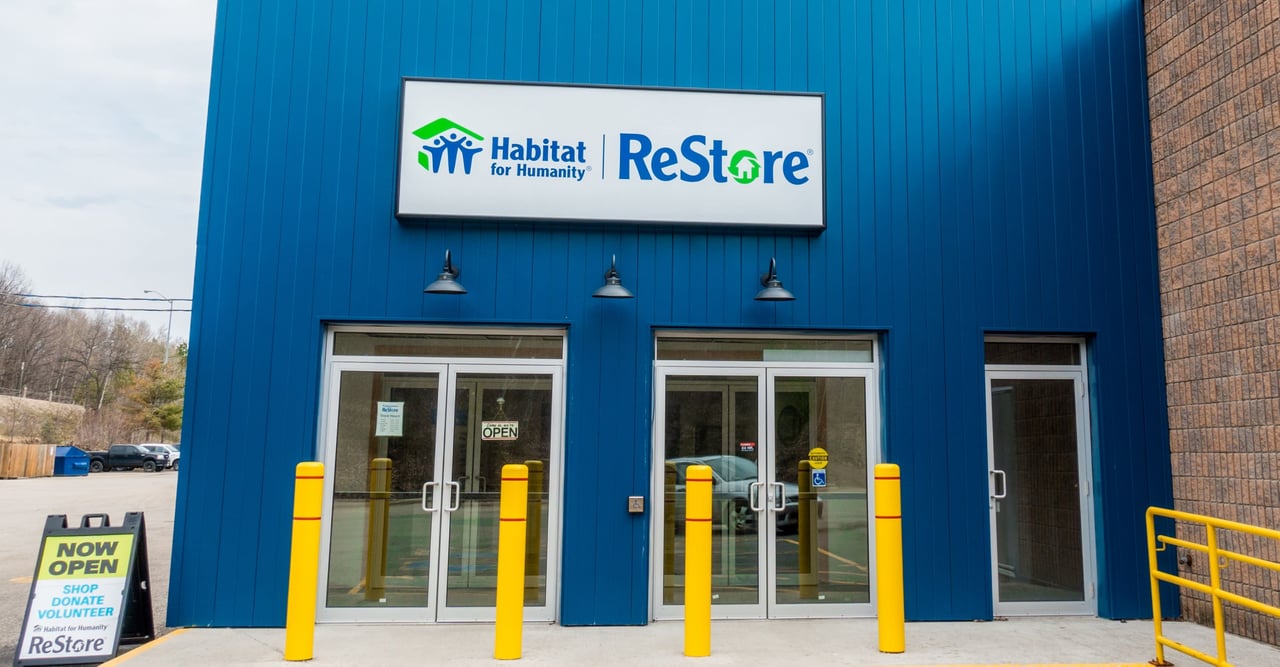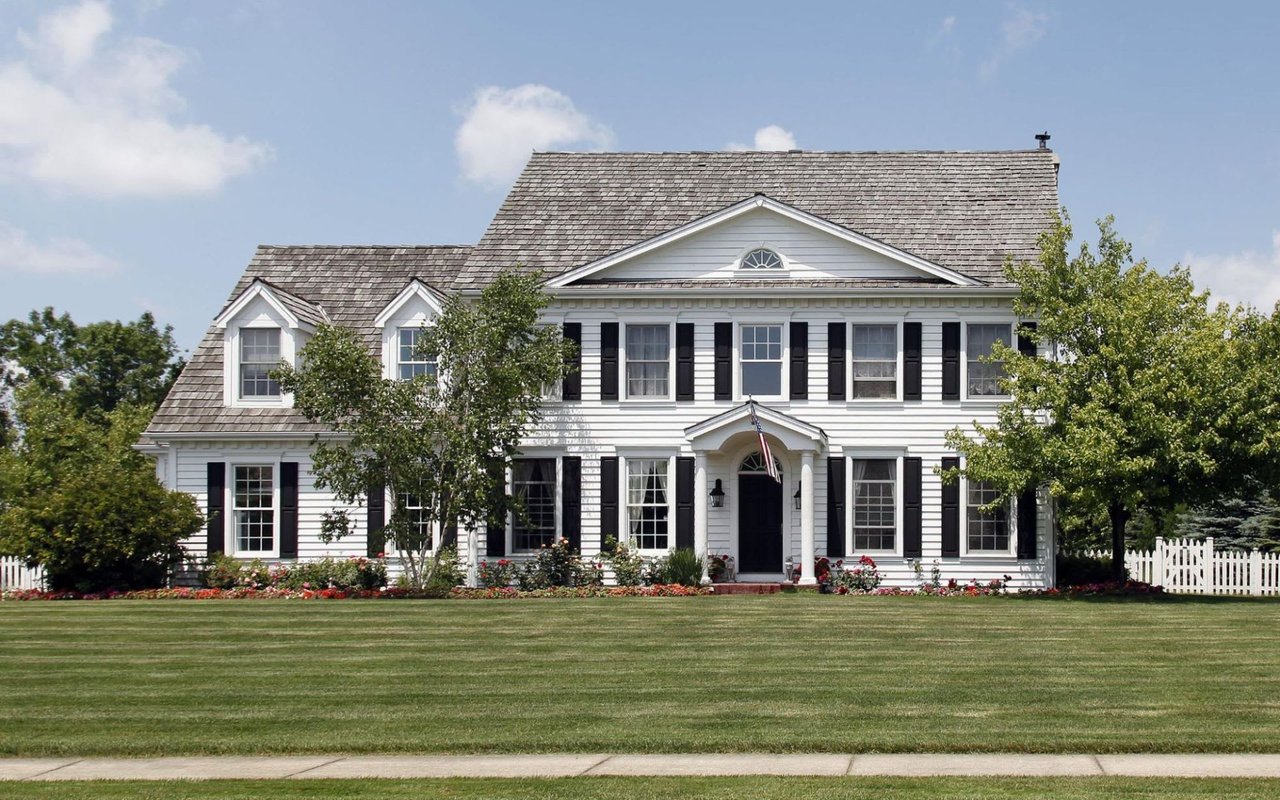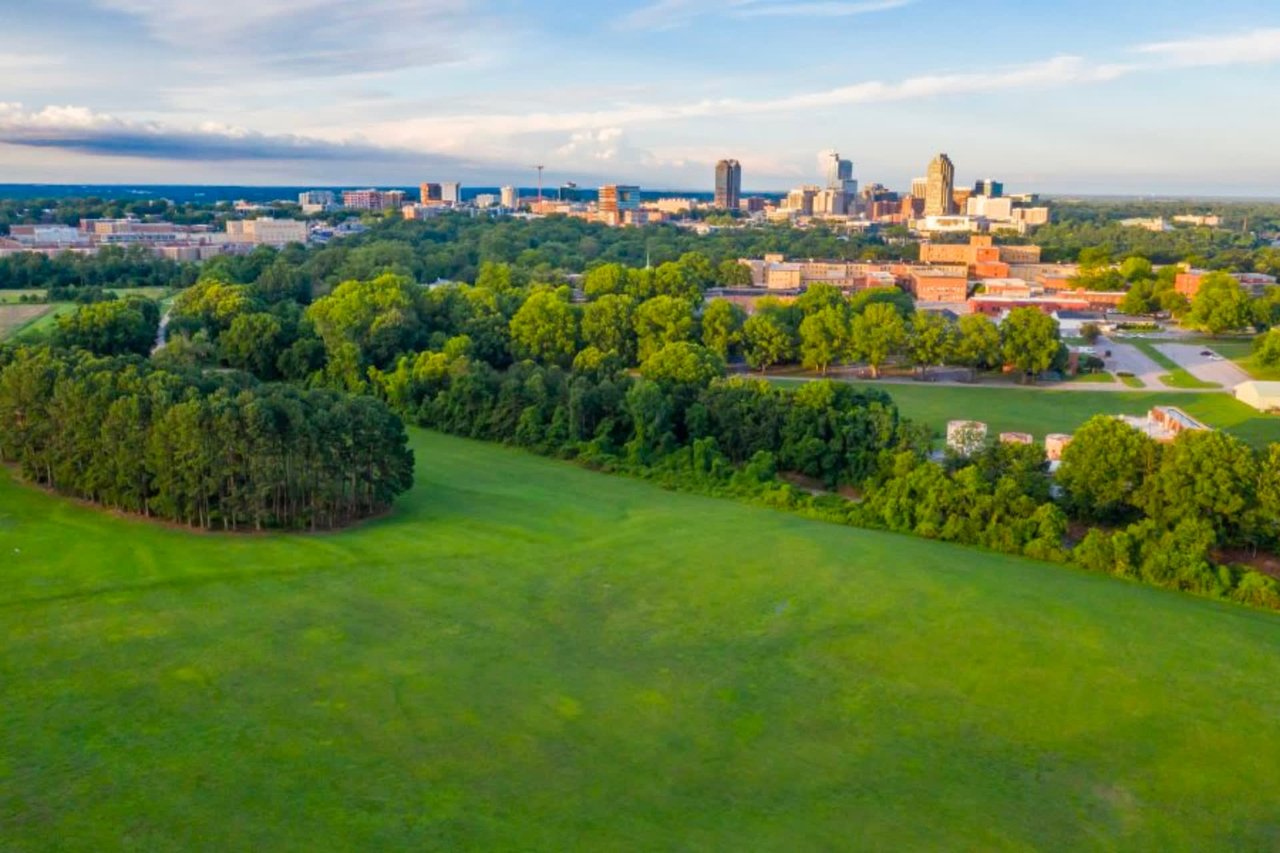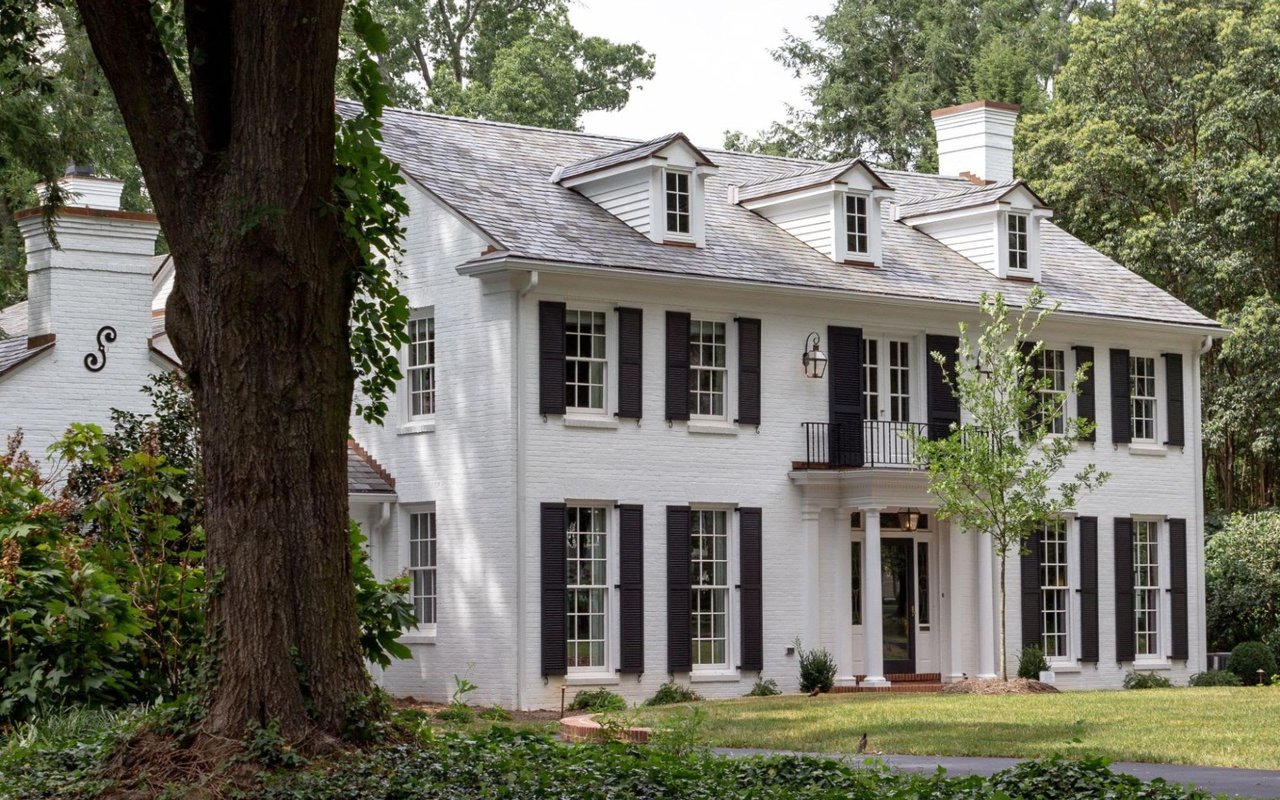Located in the Piedmont region of North Carolina, the Triangle area includes Raleigh, Durham, Chapel Hill, and the surrounding communities. The Triangle is home to two million people and derives its name from The Research Triangle Park, one of the most prominent high-tech research and development parks in the United States.
Triangle NC Commerce
Created in 1959 by state and local governments, nearby universities, and local business interests, RTP covers 7,000 acres of pine forest and has 22.5M square feet of office space. The proximity of the University of North Carolina at Chapel Hill, Duke University, and North Carolina State University (and their research facilities) attract major businesses to the area. The Park is a leader in biotech, instrumentation, cleantech, informatics, gaming, nanotech, and pharmaceuticals. The Park is home to over 170 companies, employing 50,000 workers and 10,000 contractors. IBM was one of the first inhabitants and has long employed 10,000+ people there. Others include Cisco Systems (5,000), Fidelity Investments (3,000), GlaxoSmithKline (2,500) and RTI (2,000). RTP is ranked as the strongest economic region in North Carolina and a top 40 economy in the country by the Brookings Institution.
Outside the park, the surrounding communities are populated by a multitude of leading universities and health care institutions.
Triangle NC Climate
North Carolina’s Piedmont region has a climate similar to the rest of the southeastern United States. The subtropical climate has four distinct seasons. Summers are hot and humid, with an average of 80 degrees, although there are many days that exceed 90 degrees. The proximity of the Appalachian mountains brings cold air to the area in the winter. The area occasionally receives light snow and ice storms, but winters are generally short and cool, with a daily average of 41 degrees.
North Carolina is located close enough to the Caribbean to occasionally see hurricanes reach the Outer Banks, but they do no harm in The Triangle.
Triangle NC Transportation
Transportation around The Triangle centers around two major interstate highways, I-40 and I-85, and their major branches, I-540 and I-440. The area is also serviced by seven US Routes: 1, 15, 64, 70, 264, 401, and 501. I-85 connects to Charlotte to the south and Richmond to the north. I-40 connects the mountains to the coast, ending in Wilmington. Both I-440 and I-540 circle Raleigh. I-95, located east of the Triangle, travels along the east coast from Maine to Miami.
Currently, various areas of The Triangle are served by different public transit systems. Durham is served by the Durham Area Transit Authority; Raleigh by Capital Area Transit; Chapel Hill by Chapel Hill Transit. Each connects to the other, to allow public transportation throughout the metro area. A regional, light rail system has been proposed but is not yet under construction.
Raleigh is home to one of the largest and fastest-growing airports in the southeastern United States. Raleigh-Durham International Airport (RDU) offers non-stop flights to 45 domestic and three international destinations (London, Paris, and Cancun). Nine airlines serve RDU: Alaska, Allegiant, Air Canada, American, Delta, Frontier, JetBlue, Southwest, and United. There are dozens of smaller public and private airfields, heliports, and helipads across the Triangle that serve medical and executive needs.
Triangle Media
The Raleigh-Durham area is ranked as the 24th largest media market in the country. The area is served by many TV, print, and digital news and entertainment properties.































